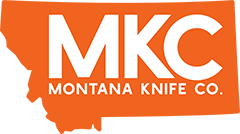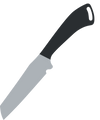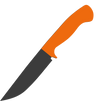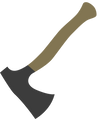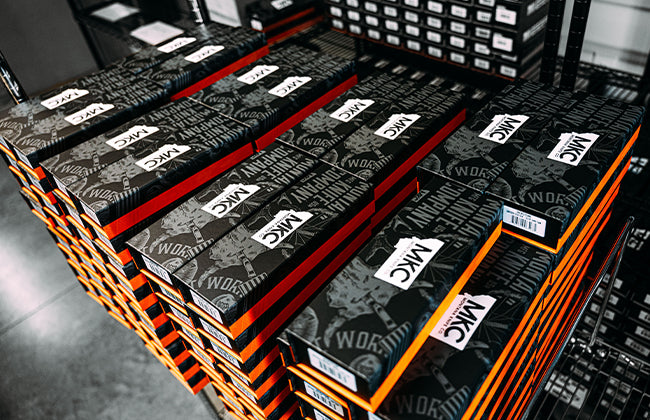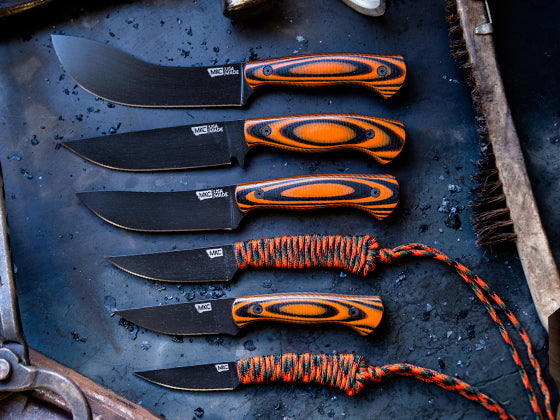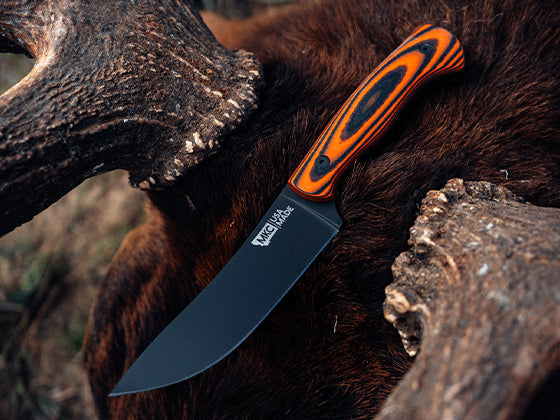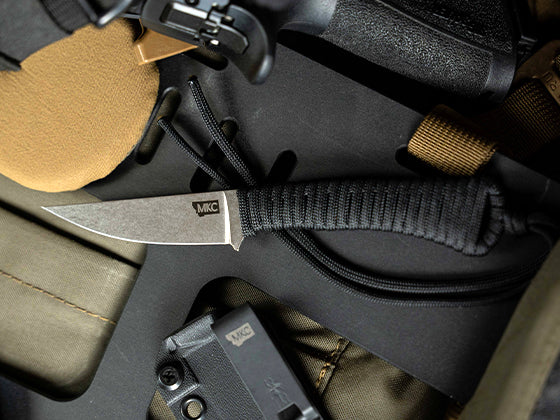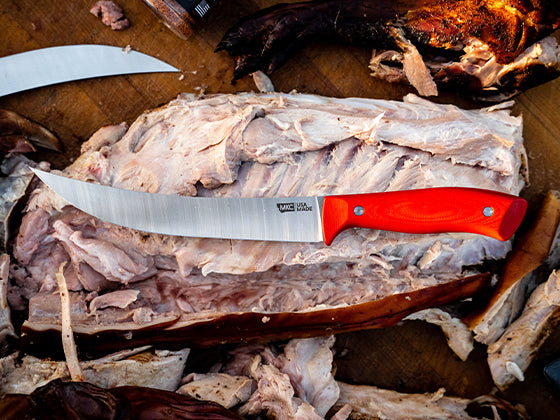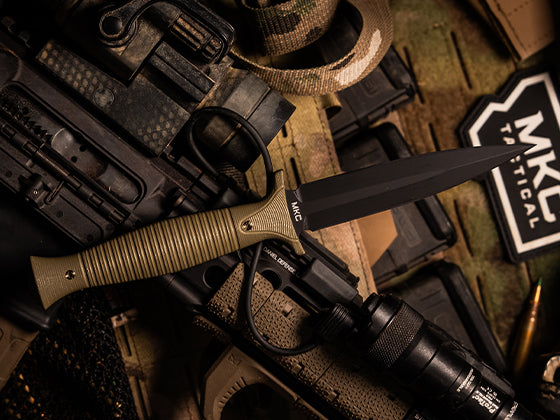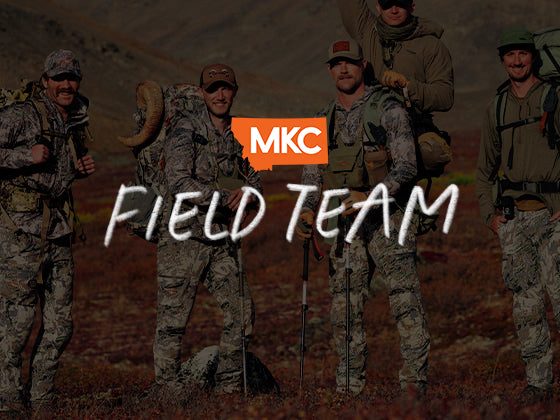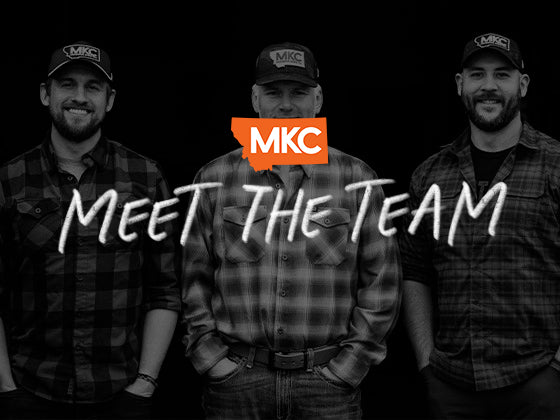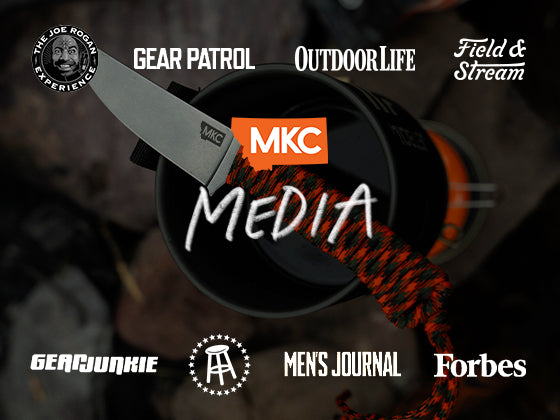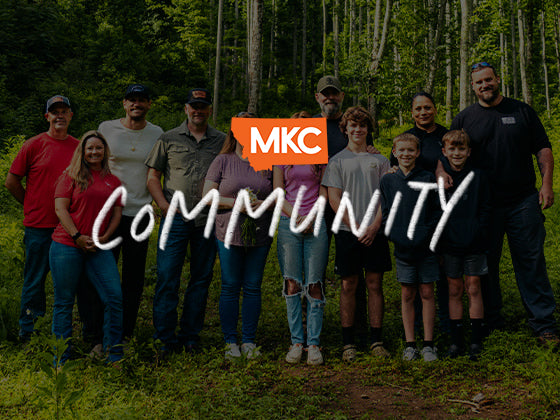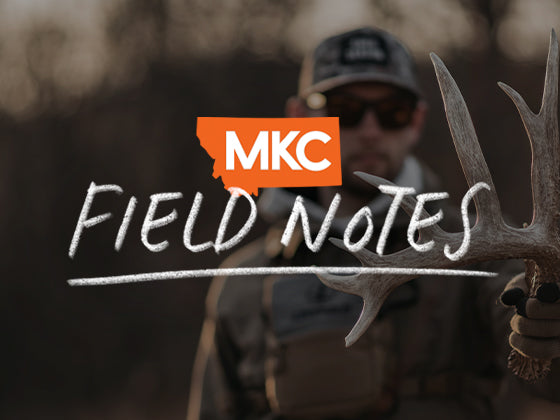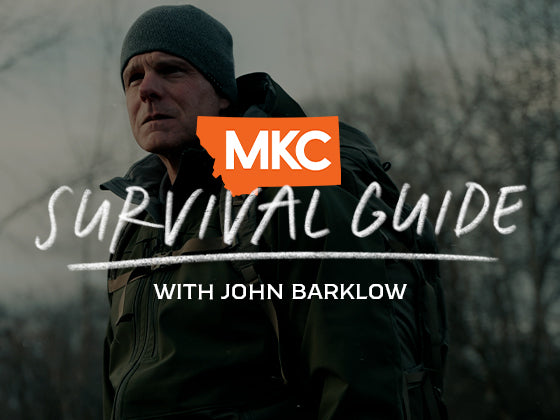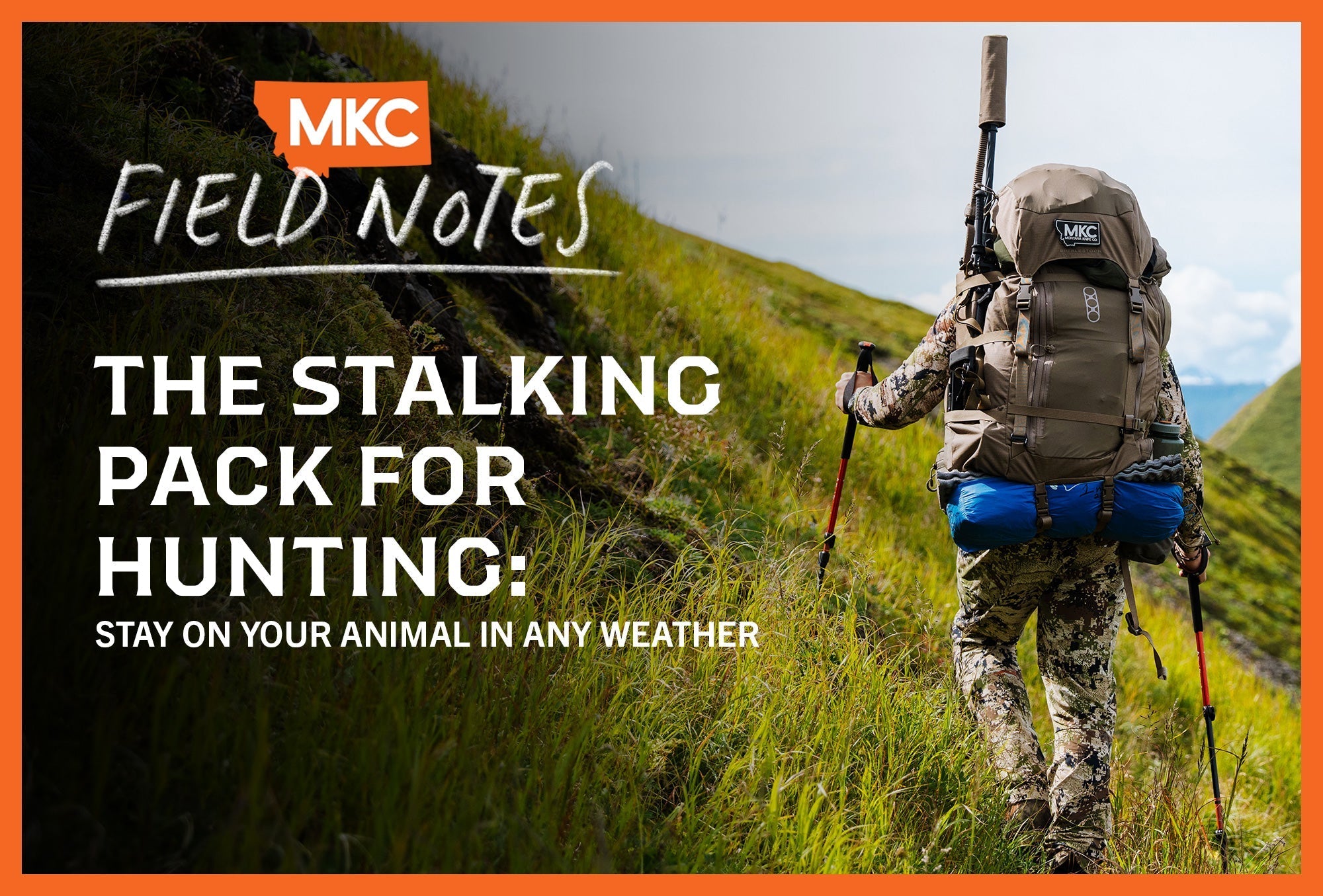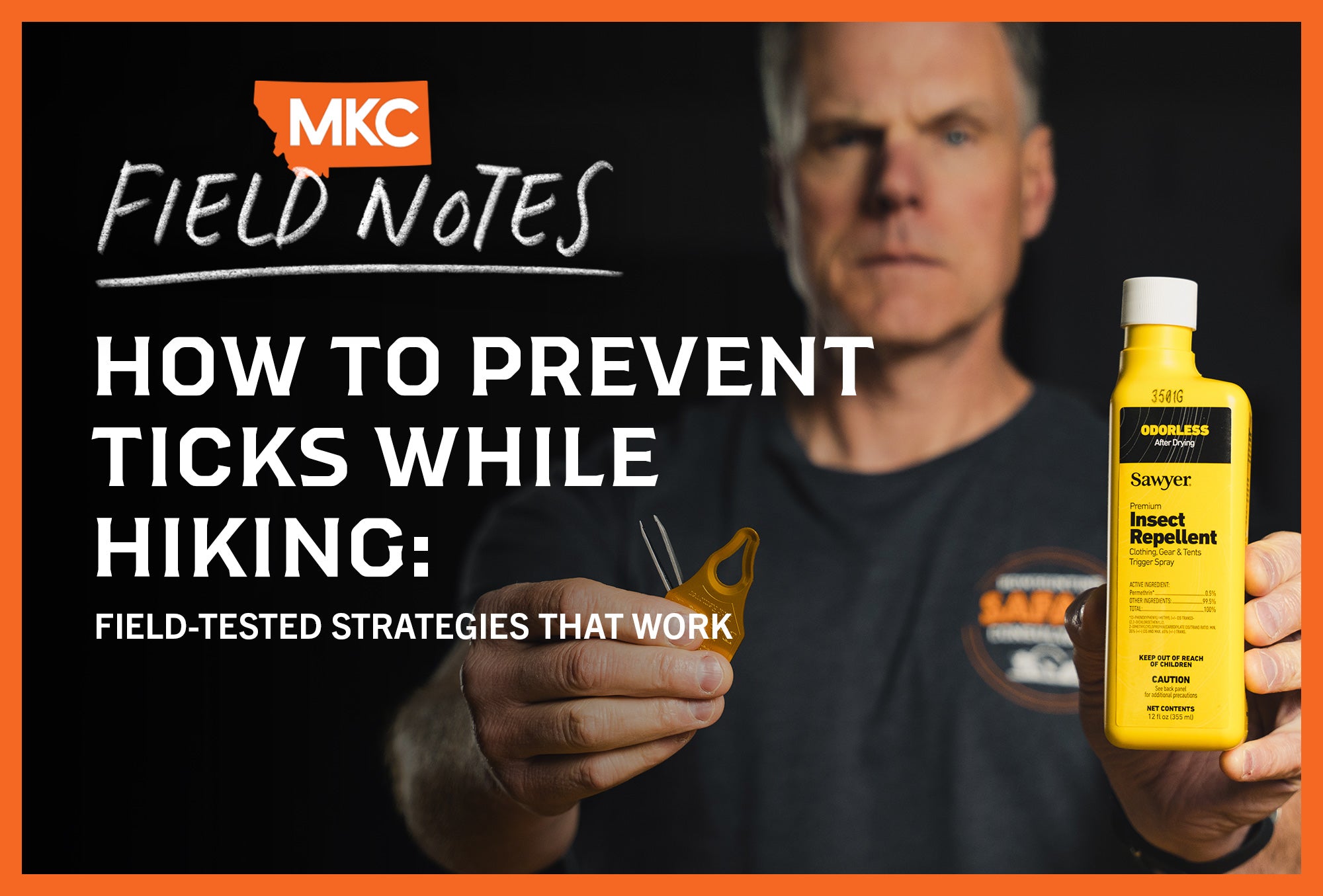After harvesting an animal in the backcountry, your success depends on efficient field processing. A hunting kill kit contains the tools and supplies you need to break down game animals the correct, fast way.
Whether you’re packing out an elk from a remote drainage or processing an antelope on the prairie, having the right gear organized and ready leads to smooth field work.
What Is a Kill Kit for Hunting?
A hunting kill kit is a collection of processing tools that stays at the bottom of your pack until you harvest an animal. Unlike your possibles pouch, which contains daily-use survival items, your hunting kit serves one specific purpose: efficient game processing in the field.
Your kill kit changes based on:
- Species size (moose vs. antelope)
- State regulations (bone-in vs. boned-out requirements)
- Hunting environment (bear country vs. open prairie)
- Solo vs. partner hunting situations
For instance, Alaska allows hunters to bone out elk meat, which reduces pack weight considerably. Other states require moose quarters to stay on the bone. These regulations affect what goes in your hunting kill kit.

Core Components of a Hunting Kill Kit
Game Bags
Game bags form the foundation of any hunting kit. The size and number depend on your target species and local regulations.
Look for these features when selecting game bags:
- Durable fabric that resists tearing under heavy loads
- Strong drawstrings for secure closure and hanging
- Reflective tape or coating for nighttime visibility
That reflective coating helps when you need to return to a kill site. Your headlamp beam picks up the reflection from hundreds of yards away, leading you straight to your meat cache. In bear country, minimizing time at kill sites protects you and your harvest.
Mesh bags are great for hunters who count every ounce, while standard cotton bags provide better protection against dirt and debris. Choose based on your hunting conditions and pack weight limitations.
Fixed Blade Knife
Even if you carry a knife in your possibles pouch, include a dedicated fixed blade in your hunting kill kit. This knife should have different characteristics than your daily carry:
- Smaller overall size for precision work
- Finer point for detailed cuts around joints
- Comfortable grip for extended processing sessions
When it comes to game processing, fixed blade knives outperform folders. Folders collect blood and tissue in their mechanisms, which can lead to hygiene issues and mechanical failures. A high-quality fixed blade can handle an entire elk or whitetail deer, requiring no resharpening.
Safety Gloves
I carry two types of gloves in my hunting kit.
Rubber gloves handle the mess factor. Spring bears and fall antelope emit strong odors that can stick to bare skin for days. Rubber gloves keep those smells off your hands and provide the dexterity you need for detailed knife work.
Cut-proof kitchen gloves prevent medical emergencies. An ER doctor friend recommended these after seeing numerous hunting-related hand injuries. I wear the cut-proof glove over the rubber glove on my non-knife hand.
Most processing injuries happen when you’re:
- Pulling back hide and cutting underneath
- Holding meat and making separation cuts
- Working against darkness or weather
- Helping a partner with their cutting tasks
During a solo winter mountain goat hunt years ago, I found blood all over the snow around my kill site. My frozen fleece glove had hidden a deep cut on my hand. I was bleeding badly without knowing it.
A cut-proof glove would’ve prevented that dangerous situation.
Supporting Tools for Your Hunting Kill Kit
Knife Sharpener
A high-quality fixed blade can process multiple animals without resharpening, but carrying a compact sharpener provides insurance. Touch up your blade between quarters or after hitting bone.
Paracord
Paracord serves multiple purposes in your hunting kill kit:
- Hanging game bags from trees
- Creating pulley systems for solo quarter removal
- Securing meat loads for transport
- Emergency repair applications
When processing large animals like elk alone, paracord helps you lift and position heavy quarters for easier removal.
Flagging Tape
Mark your kill site, blood trail, or meat cache locations. Bright tape visible through timber saves you time when you’re returning for extra loads.
Zip Ties
Some states require you to attach tags to antlers during transport. Heavy-duty zip ties secure tags better than string or wire.
State-Specific Hunting Kill Kit Requirements
Your hunting kit must comply with regulations that vary between states. Research your area’s requirements:
- Evidence of sex requirements: Some states mandate leaving specific organs attached.
- Bone-in regulations: Certain states prohibit deboning in the field.
- Tag attachment methods: Specific requirements for securing tags to harvested animals.
- Transportation rules: Regulations about transporting processed game.
Include your license and tags in the kit. You’ll need them immediately after harvest.
Organizing Your Hunting Kill Kit for Field Success
Pack your hunting kit in a clearly marked stuff sack or dry bag. This keeps all your tools together and protects the items from moisture. Place it at the bottom of your pack where it’ll stay out of the way during normal hunting activities.
When you harvest an animal, you’re dealing with:
- Excitement and adrenaline, which affect your decision-making
- Inclement darkness
- Deteriorating weather conditions
- Bear or scavenger pressure
An organized hunting kill kit keeps you from scrambling for tools while the clock is ticking. You’ll pull out only one bag that contains all the tools you need for safe, efficient processing.

Customizing Your Kill Kit for Different Hunts
Your basic hunting kit is the foundation of your processing experience, but specific hunts require modifications:
Solo backcountry hunts: Add extra paracord for mechanical advantage systems. Include extra game bags for multiple trips.
Partner hunts: Coordinate kit contents to avoid redundancy. One sharpener and one set of flagging tape serve both hunters.
Spike camps: Share certain items between hunting partners to reduce weight. Maintain individual knives and gloves for simultaneous processing.
Day hunts near vehicles: Since weight is less of a concern, include larger tarps and extra processing tools.
Field-Tested Lessons for Kill Kit Prep
After decades spent hunting across North America, I’ve boiled my hunting kill kit philosophy down to a science:
- Processing efficiency affects meat quality. The faster you cool meat, the better it tastes. Organized tools speed up your processing experience.
- Murphy’s Law applies during game processing. If a tool can fail or break, it probably will when you’re racing against the clock on a mountainside. High-quality tools and backup options prevent disasters.
- Small investments in safety equipment prevent hunt-ending injuries. That cut-proof glove costs less than an emergency room visit, and it might save your hunt or even your life.
What Is a Kill Kit? Your Insurance Policy for Hunting Success
When you’re standing over your harvested animal miles from help, a hunting kill kit means the difference between a successful pack-out and a dangerous situation.
Start building your hunting kill kit by following the basics I’ve outlined, then modify based on your hunting style, local regulations, and field lessons. Every successful harvest teaches you how to improve your system.
Your kill kit sits at the bottom of your pack, hoping to get used. When that moment arrives, you’ll appreciate having every tool organized and ready for the work ahead.
by John Barklow, a Special Operations Survival Instructor and consultant who has spent decades teaching military personnel and civilians survival techniques in extreme environments.
